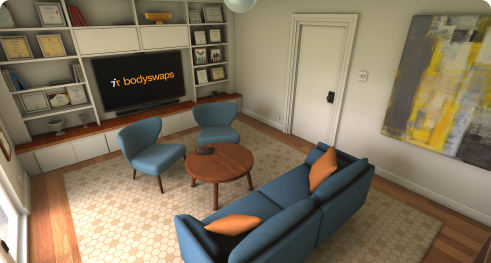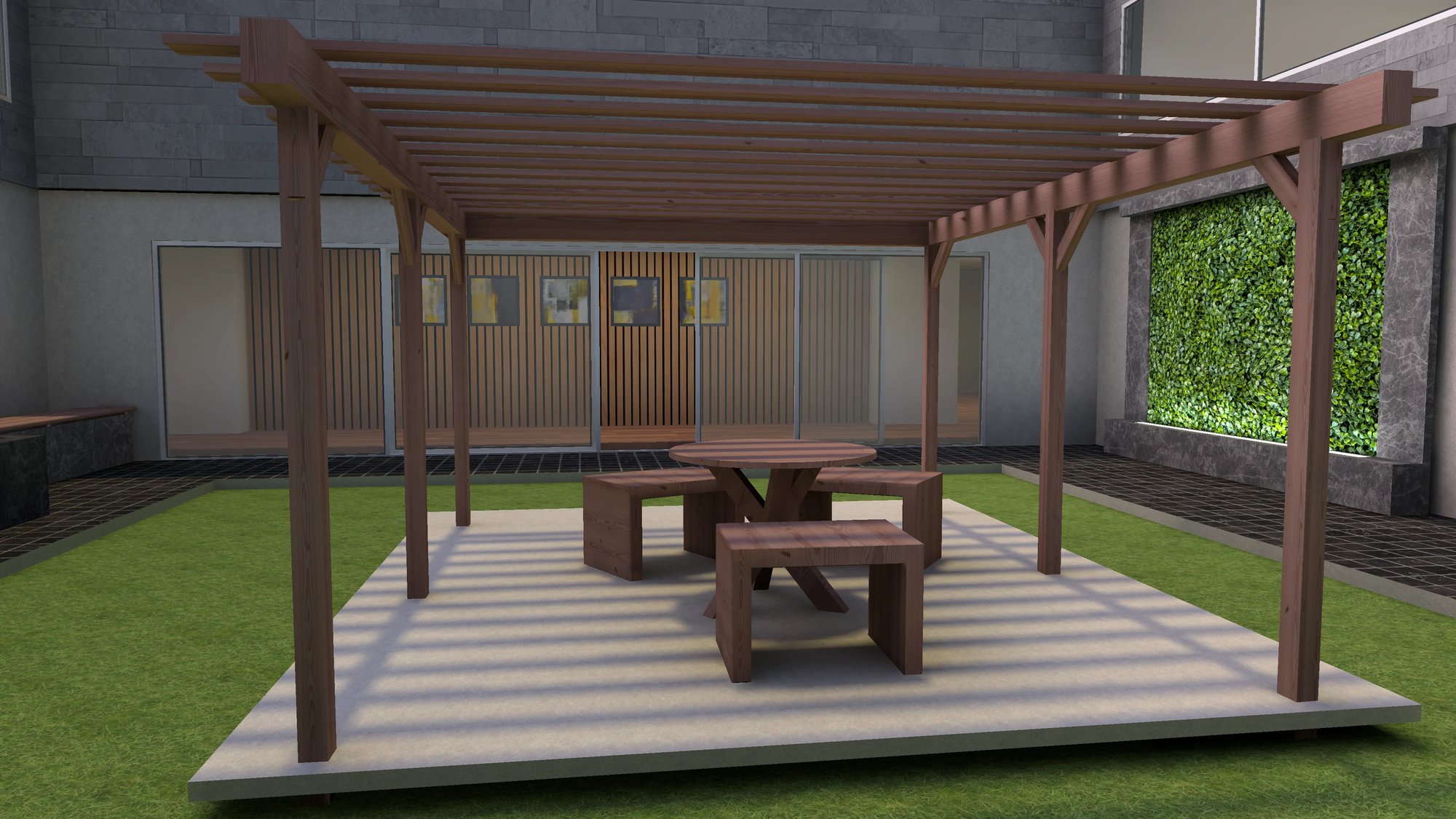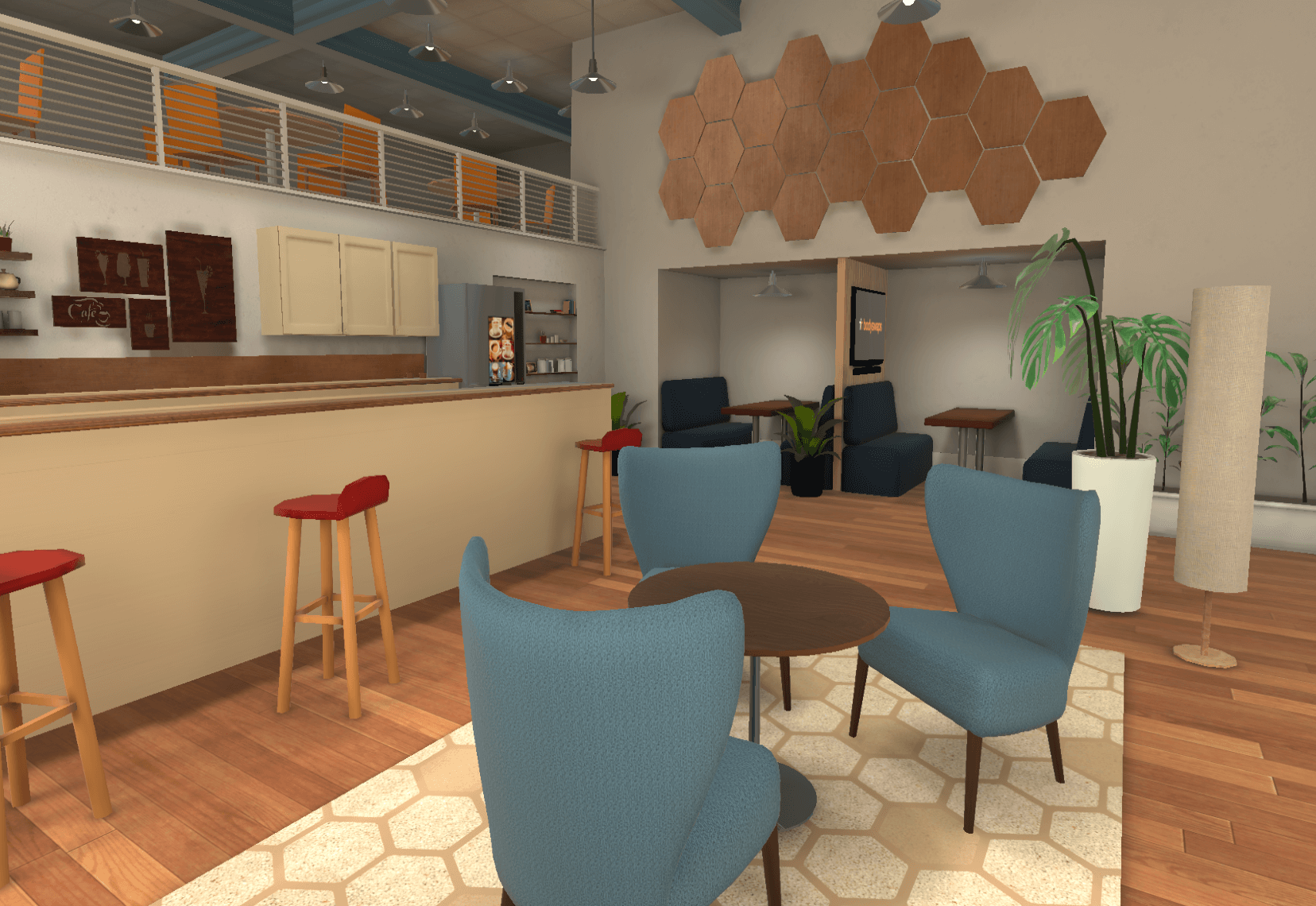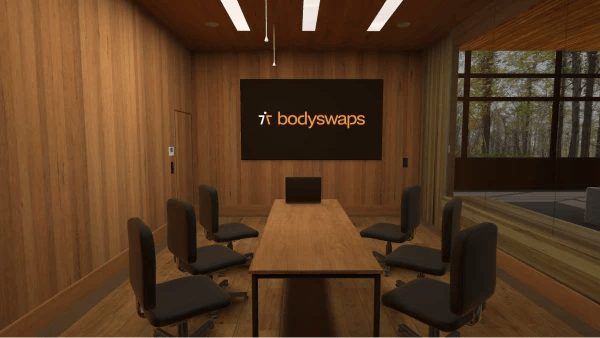Understanding Conflict
Tutor notes
Teams are made up of individuals; it’s not always easy to manage their competing needs and ways of working. Sooner or later, conflicts will arise, and this module gives learners the tools they need to recognise them when they do.
This immersive training module supports managers to better understand conflict by placing them in charge of two team members whose tensions are on the brink of boiling over. Through a series of guided conversation activities, it builds the skills learners will need to properly respond to reports of team conflict, identify sources of conflict in conversation, and manage conflict in their working lives.
About this resource
Key learner outcome and goals
Learning outcome
Learn to recognise and manage sources of conflict in your team
Learning goals
- Identify instances of non-inclusive behaviour
- Identify potential sources of conflict
- Apply techniques to manage conflict
A word about terminology
As a medium, Virtual Reality is not best suited to didactic teaching methods.
However, our intention is that all Bodyswaps modules follow a student-centred constructivist pedagogy. This means creating rich experiences in which learners can explore key concepts and ideas and reach their own conclusions.
This is why our documents speak in terms of learning goals and outcomes, rather than measurable ‘learning objectives’ (a la Bloom’s Taxonomy) per se.
Module structure
The complete journey takes the learner through three interactive topics, as well as ancillary activities such as onboarding, self-reflection, and the exit survey.
It is a linear experience, meaning the learner will be guided step by step through all the activities.
We recommend that learners fully interact with each activity to get the full benefit.
It is estimated that each topic will take the learner approximately 5 minutes to complete, although completion times vary depending on whether the learner chooses to repeat topics to explore different options (encouraged) or to fine-tune their freeform responses.
Learner journey
.svg)
Scaffolded conversation
.svg)
.svg)
.svg)
.svg)
.svg)
Characters

.webp?width=720&height=1050&name=abeeku%20(1).webp)
Abeeku
An employee you manage.webp?width=720&height=1050&name=faye%20(5).webp)
Faye
A manager who delivers the model answerEnvironments

Tutor room – Bodyswaps HQ

Courtyard

Breakout room

Private meeting room
Purpose
Location
Characters
N/A
Journal
Duration
1:00
The first time learners use Bodyswaps, an onboarding sequence familiarises them with the features of the app, takes them through an avatar selection and embodiment activity, and prepares them for the experience to come.
In the onboarding, learners will:
- Find out how this training is different from the rest
- Select their avatar
- Discover their virtual journal
- Learn how to navigate and use the tools and settings
Purpose
Learn how to handle a complaint about conflict within the team
Location
Characters
Journal
Duration
The learner meets Florence in the courtyard of the office where they work to discuss a problem she’s having with Abeeku, another member of the team. She feels that he’s ignoring her and failing to show her respect as a professional.
In this scaffolded conversation, the learner chooses how to respond to Florence in a sequence of five multiple-choice exchanges. At each stage, the learner has three options, each of which elicits a different response from Florence and a popup containing more detailed feedback about why their response helped or harmed the situation. If the answer selected was unhelpful, the question repeats, allowing the learner to find the right answer and see the effect of their positive choices firsthand.
Throughout, the learner needs to select the response that makes Florence feel her grievance is being properly heard and moves toward a resolution; other options leave her feeling ignored or sidelined in favour of Abeeku. At the end of the conversation, Florence says that it would be best if she, Abeeku and the learner got together to discuss the matter further.
Purpose
Learn to identify harmful behaviours and sources of conflict
Location
Characters
Journal
N/A
Duration
In the breakout room of the office, Abeeku is having a coffee with the learner while discussing the project that the two of them and Florence are working on. When she joins them, she says that she was supposed to be part of this discussion, and is annoyed to have been excluded.
Abeeku’s response begins an observation activity, in which the learner needs to click or tap to identify instances of non-inclusive behaviour over the course of Abeeku and Florence’s conversation. Visual feedback is provided in real time to indicate whether the learner has identified each example.
Summary feedback is supplied at the end, with buttons indicating which events were identified. Clicking each one allows the learner to rewind the scene to the corresponding instance of harmful behaviour and see an explanation of why it was inappropriate.
As the conversation progresses, it becomes clear that both Abeeku and Florence are acting with serious impropriety, and that further action is required to bring them back into line.
Purpose
Practise resolving arguments resulting from interpersonal conflict
Location
Characters
Abeeku and Florence
Journal
N/A
Duration
The learner rejoins the story twenty minutes later, having called both Florence and Abeeku into a private meeting room to talk through the situation. They are now given the chance to begin resolving the argument in a freeform interaction, in which they speak using their own words to summarise what they saw, explain its impact, and focus on a way to move forward.
Behind the scenes, analytics tools pick up on the keywords, body language and aspects of speech that demonstrate that the learner is meeting the stipulated requirements. This feedback is delivered to the learner at the end of the conversation, once they’ve said their piece and swapped bodies with Florence to see how their speech looked from her point of view.
Finally, the learner is given the option of viewing a model answer delivered by Faye, having another attempt at delivering the speech, or moving on to the debrief.
Purpose
Debrief the learner upon completion of the training and prompt self-reflection
Location
Meeting room
Characters
N/A
Journal
N/A
Duration
TBD
The learner is now shown several Likert-type survey questions by which they can self-assess their performance in the three activities: how well they responded to Florence, how good their observational skills were in the conversation between her and Abeeku, how well they summarised the situation afterwards, how successful they were in acknowledging the impact of the bad behaviours, and how far they focused on agreeing a way forward.
Purpose
Assess the effectiveness of the training itself
Location
N/A
Characters
N/A
Journal
N/A
Duration
Before the learner leaves the module, they are asked to complete a short survey about their experience.
This survey is not compulsory, but the data helps us to assess the effectiveness of our product and identify any areas that need improvement. Clients also find it beneficial when assessing ROI.
They are asked to mark whether they agree or disagree with the following statements, on a 10 point scale:
- I would recommend this experience to colleagues.
- The experience helped me identify elements I could improve upon.
- I now have a better understanding of best practices to apply when confronting non-inclusive behaviour.
